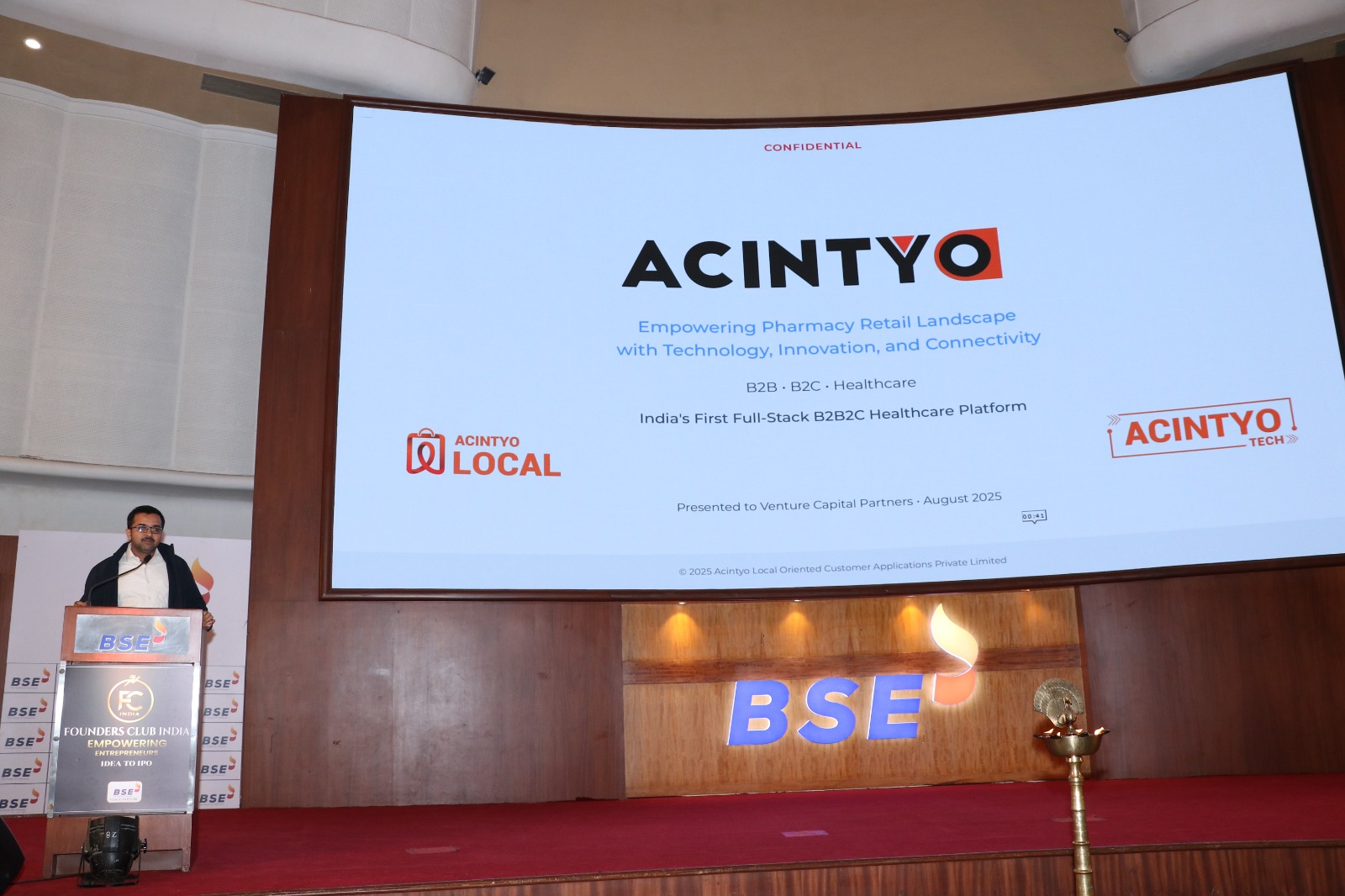RISK MANAGEMENT
Risk management is crucial for business, involving structured recognition, evaluation, and mitigation of potential threats. It safeguards reputation, minimizes losses, fosters innovation, and enhances decision-making. However, it's often treated as mere compliance, necessitating tailored approaches to different risk categories. Tools like war-gaming aid in anticipating and mitigating major external risks, emphasizing the importance of proactive risk management for long-term success and resilience.

What is risk management?
Risk management entails a structured approach to recognizing, evaluating, and addressing potential threats or uncertainties impacting an organization. It includes assessing the probability and consequences of risks, devising plans to reduce their negative effects, and evaluating the success of implemented strategies.
Why is it important?
- Protection of organization’s reputation: Proactive risk management is vital for protecting an organization's reputation from potential harm. Franchise risk, as highlighted by Simons, is a critical concern for businesses dependent on stakeholder trust. Airlines, in particular, are vulnerable to franchise risk due to unforeseen events like flight disruptions caused by weather or technical issues, which can damage their reliability and reputation. For instance, Delta Airlines' experience with a major computer outage in 2016 resulted in significant financial losses and reputation damage, emphasizing the need to mitigate operational errors for organizational resilience.
- Loss minimization: Despite risk management teams, businesses face significant risks, with workplace misconduct costing U.S. companies over $20 billion in 2021. Corporate fines for misconduct have surged over the past two decades. Implementing internal controls, as explained in Strategy Execution, can mitigate financial losses from misconduct. Internal controls ensure accurate accounting and asset protection, minimizing risks exposed by employees. The Volkswagen emissions scandal in 2015 underscores the importance of internal controls; stronger measures could have potentially prevented or detected misconduct, saving billions in financial losses.
- Encouragement of innovation and growth: Risk management goes beyond avoiding risks; it fosters innovation and organizational advancement. Simons stresses the necessity of embracing risks for businesses to innovate and stay competitive. Despite economic uncertainties, many companies prioritize growth. Monitoring competitive risks and employing boundary systems enable transparent risk communication without stifling innovation. Netflix's transition from DVD rentals to streaming and original content production illustrates how effective risk management drives innovation. Balancing internal controls with freedom is essential for encouraging entrepreneurial initiatives and fostering growth in organizations.
- Enhancement in decision-making: Risk management offers a structured decision-making framework, especially valuable for managing complex risks in businesses. By utilizing data from existing control systems, organizations can assess strategy effectiveness through hypothetical scenarios before execution. Simons highlights in Strategy Execution how interactive control systems empower managers to engage in decision-making regarding strategic uncertainties. For example, JPMorgan Chase employs data science techniques like machine learning to combat cyber risks associated with its vast customer data. These strategies aid in detecting and preventing cyber attacks while addressing related risks.
Why must companies perform it?
Risk management is often approached as a compliance issue solved by implementing numerous rules, yet this rules-based approach is insufficient in addressing catastrophic events like Deepwater Horizon or financial institution failures during the 2007–2008 credit crisis. Companies must tailor risk management processes to different risk categories, employing a rules-based approach for preventable risks and open, explicit discussions for strategy risks. Tools such as war-gaming and scenario analysis can help anticipate and mitigate the impact of major external risks.
Conclusion
In conclusion, risk management is a critical aspect of business strategy that encompasses a wide range of factors, from protecting reputation and minimizing losses to encouraging innovation and enhancing decision-making. It is essential for businesses to adopt a strategic approach to risk management, tailored to different risk categories, to effectively navigate the challenges and uncertainties they face. By doing so, companies can not only mitigate potential risks but also capitalize on opportunities for growth and success in an ever-changing business landscape.



































Comments (0)